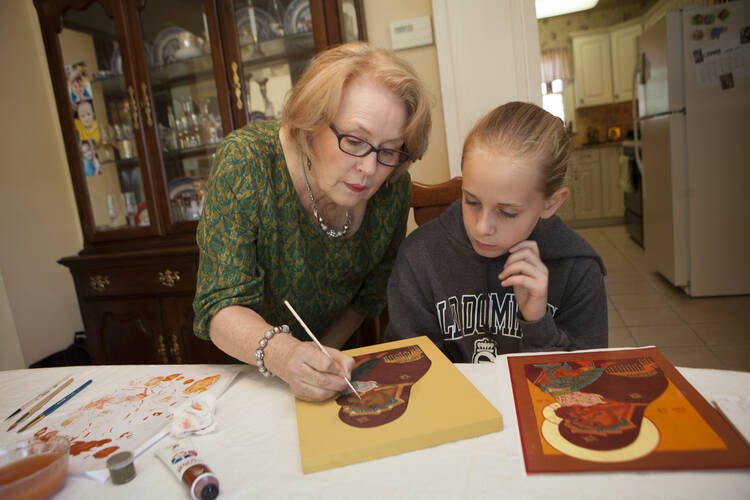Outside of theology teachers, I think few of my colleagues have more difficulty getting students to appreciate the value of their subject than those who teach art. A core group of students tend to love art, but many (if not most) find art too subjective, too abstract, and not sufficiently practical.
I hope, then, that this news from the Wall Street Journal will be of some encouragement to art educators as they evangelize their craft:
Viewing paintings engages a number of different regions of the brain, suggesting art appreciation is a natural biological process, according to the report in the June issue of the journal Brain and Cognition. The study found that paintings activated areas of the brain involved in vision, pleasure, memory, recognition and emotions, in addition to systems that underlie the conscious processing of new information to give it meaning.
In the words of WSJ, the "human brain is built for art appreciation . . ."
The way this report describes it, it seems that the brain exists, in part, for art; for the appreciation of the beautiful. I am speculating here, but I wonder if the structures of the brain themselves evolved in response to the existence of the beautiful in nature.
Putting aside that question, I wonder: If our brains are built for art appreciation, why do so many find the subject so uninteresting? And how would the culture be different if we emphasized art as much as we do math?
And as I think about those questions, I think of others: Do all paintings activate the brain similarly? For example, does a piece from Salvador Dali elicit something different in the brain than something from Norman Rockwell?
Can any readers provide insight?








